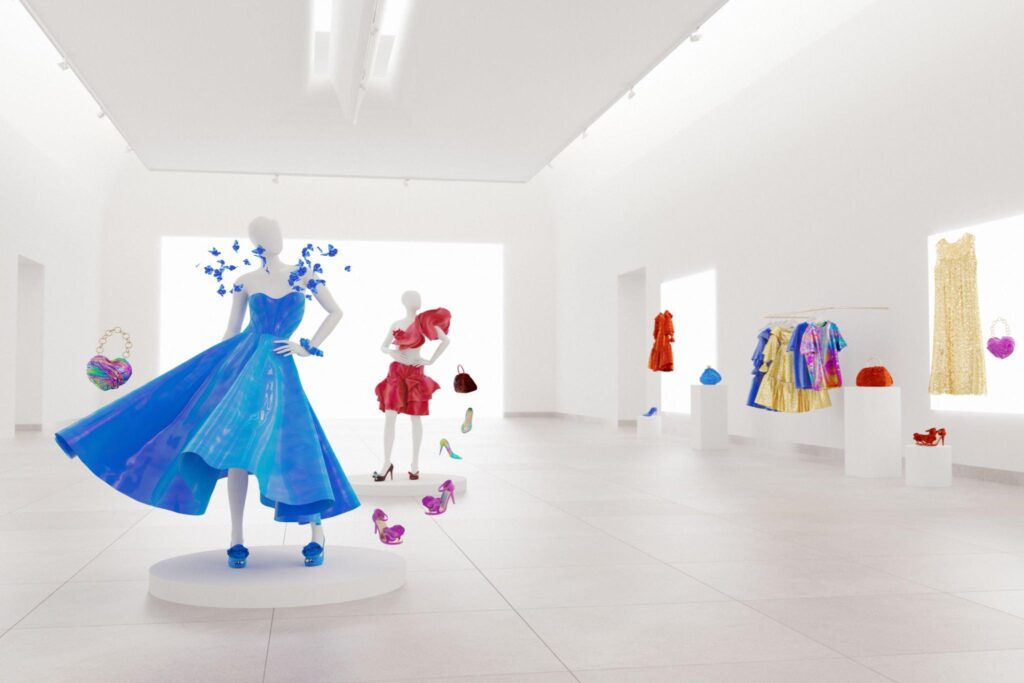Graphics Processing Units (GPUs) play a vital role in delivering the breathtaking visuals we enjoy in gaming, video editing, and various applications. Despite their prowess, GPUs can encounter issues. If you’ve faced glitches, artifacts, or performance hiccups, fret not. Our comprehensive troubleshooting manual serves as your go-to guide for unraveling the mysteries of graphics card problems. Dive into the world of GPU problem-solving and enhance your troubleshooting skills by exploring our detailed guide on “Troubleshooting Common GPU Issues” at TechAnalysisHub.
Understanding the Basics
Before diving into troubleshooting, it’s crucial to understand the basics of how a GPU operates. A GPU is responsible for rendering images, videos, and animations by processing complex calculations. When issues arise, they often manifest as visual glitches, crashes, or poor performance. Let’s break down common problems and their solutions.
Screen Artifacts and Glitches
Problem: Strange artifacts or glitches appearing on your screen can be disconcerting. These visual anomalies often result from hardware or driver issues.
Solution: Start by updating your graphics drivers. Manufacturers regularly release updates to address bugs and improve compatibility. If the problem persists, check for overheating. Overheated GPUs can exhibit erratic behavior. Ensure proper ventilation and consider cleaning the GPU and fans.
Poor Performance and Lag
Problem: Laggy performance in games or during video playback is a common complaint.
Solution: Begin by adjusting in-game settings to a lower resolution or graphics quality. If the issue persists, monitor your GPU’s temperature and usage. High temperatures can lead to throttling, impacting performance. Consider applying new thermal paste or upgrading your cooling solution.
Driver Crashes
Problem: Frequent driver crashes can disrupt your workflow or gaming experience.
Solution: Uninstall your current graphics drivers and perform a clean install of the latest version. If the problem persists, consider rolling back to a previous driver version that was stable for your system.
Blue Screen of Death (BSOD)
Problem: A sudden crash leading to the dreaded Blue Screen of Death indicates a severe issue.
Solution: In most cases, BSODs related to GPUs stem from driver conflicts or hardware problems. Ensure your drivers are up-to-date, and if the issue persists, test your GPU on another system or replace it if possible.
No Display Output
Problem: When your monitor displays nothing, it’s a cause for concern.
Solution: Double-check cable connections and try using a different cable or port. If the issue persists, the GPU may be faulty. Test with a spare if available or seek professional assistance.
Screen Tearing
Problem: Screen tearing occurs when frames from the GPU don’t sync with the monitor’s refresh rate.
Solution: Enable vertical sync (V-Sync) in your graphics settings to alleviate screen tearing. Alternatively, explore adaptive sync technologies like G-Sync or FreeSync, which match the GPU’s output to the monitor’s refresh rate.
Artifacting in Games
Problem: Strange patterns or colors appearing in games are indicative of artifacting.
Solution: Adjust in-game settings to reduce the strain on your GPU. If the issue persists, it may be a sign of a failing GPU. Consider underclocking the GPU or contacting the manufacturer for warranty support.
Incompatibility Issues
Problem: Upgrading your GPU and experiencing compatibility problems is not uncommon.
Solution: Ensure your motherboard supports the new GPU and that you have the necessary power connectors. Check for BIOS updates that address compatibility issues, and consult the GPU manufacturer’s website for additional guidance.
Flickering Display
Problem: A flickering display can be irritating and strain your eyes.
Solution: Adjust your monitor’s refresh rate in the graphics settings. If the issue persists, try a different cable, update your GPU drivers, or test the GPU on another system.
Conclusion
Mastering the art of troubleshooting GPU issues is essential for any tech-savvy user. By understanding the common problems and their solutions, you can ensure your graphics card operates at its full potential. Remember, regular maintenance, driver updates, and adequate cooling are key to preventing many GPU problems.
If all else fails, don’t hesitate to seek professional help. With this ultimate troubleshooting manual in hand, you’re well-equipped to demystify graphics card problems and enjoy a seamless computing experience.



